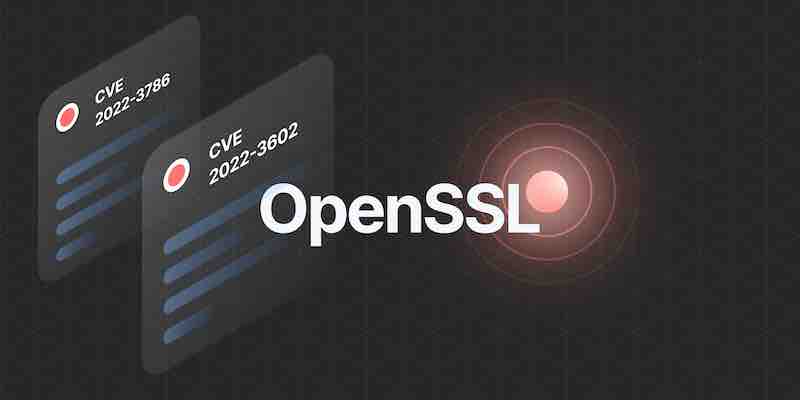OpenSSL 3.2 Beta Debuts with Client-Side QUIC and Enhanced Compression Algorithms

OpenSSL, the open-source cryptographic library, has released its 3.2 version in beta, introducing several new features and improvements. This update brings initial client-side support for QUIC, a transport layer network protocol developed by Google and adopted by the IETF. Future versions, OpenSSL 3.3 and 3.4, are set to refine this implementation further. The beta also includes support for Brainpool curves in TLS 1.3, Raw Public Key (RFC7250) support, and certificate compression with Brotli and Zstd. Additional features such as SM4-XTS support, deterministic ECDSA signatures, AES-GCM-SIV, and Hybrid Public Key Encryption (HPKE) are part of this release. Notably, OpenSSL 3.2 has increased the default SSL/TLS security level from 1 to 2, reflecting a heightened focus on security.
The OpenSSL 3.2 Beta 1 is available for download from GitHub, and the work-in-progress NEWS file provides further details on the changes included in this release.
For more information and to access the beta, visit the original article on Phoronix: OpenSSL 3.2 Reaches Beta With Client-Side QUIC, Zstd & Brotli Certificate Compression.
Security Implications of Elevated SSL/TLS Security Levels
The increase in the default SSL/TLS security level from 1 to 2 in OpenSSL 3.2 will have a significant impact on the security posture of applications. This change will enforce more robust encryption algorithms and key lengths, making it more difficult for attackers to exploit vulnerabilities in the encryption. It will also likely phase out older, less secure protocols and ciphers, pushing for a more modern and safe communication standard. However, this could potentially lead to compatibility issues with older systems that do not support these higher security standards.
The Benefits and Challenges of QUIC Integration in OpenSSL
Integrating client-side QUIC into OpenSSL offers several potential benefits:
- Performance: QUIC is designed to reduce connection establishment time, improve congestion control, and minimize latency, which can significantly enhance the performance of web applications.
- Multiplexing: QUIC allows for multiple streams of data to be transmitted simultaneously over a single connection, which can improve the efficiency of data transfer.
However, there are challenges as well:
- Complexity: Implementing QUIC is more complex than traditional TCP due to its advanced features, which could increase the difficulty of correctly integrating it into OpenSSL.
- Adoption: As a relatively new protocol, there may be resistance or slow adoption across the industry, which could limit its immediate impact.
Performance and Efficiency Gains from Certificate Compression
The introduction of certificate compression with Brotli and Zstd in OpenSSL 3.2 can enhance the performance and efficiency of secure communications by:
- Reducing Latency: Compressing certificates can reduce the amount of data transmitted during the TLS handshake, decreasing latency and speeding up the connection setup time.
- Improving Bandwidth Usage: Compression algorithms like Brotli and Zstd are highly efficient, which means they can significantly reduce the size of certificates without compromising security, leading to better bandwidth utilization.
- Enhancing User Experience: For end-users, especially those on mobile networks or regions with slow internet connections, the reduced data transfer can lead to a noticeably faster and more responsive experience when accessing secure websites.